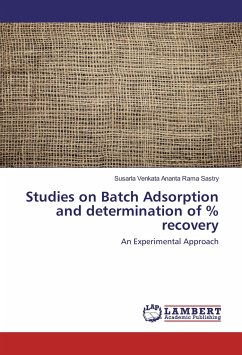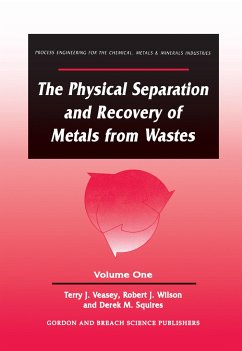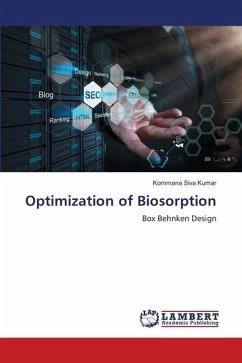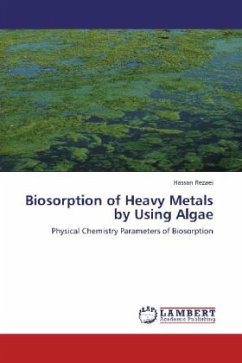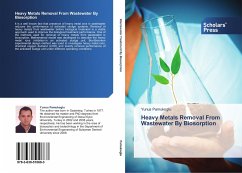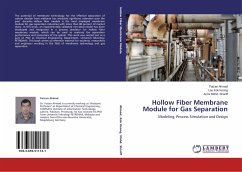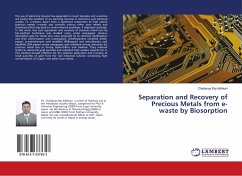
Separation and Recovery of Precious Metals from e-waste by Biosorption
Versandkostenfrei!
Versandfertig in 6-10 Tagen
24,99 €
inkl. MwSt.

PAYBACK Punkte
12 °P sammeln!
The use of electronic devices has expanded in recent decades and countries are facing the problem of an alarming increase in electronic and electrical wastes, i.e. e-wastes. Apart from a significant proportion of high valued precious metals, e-waste also contains various other toxic metals and chemicals which may lead to environmental problems, if disposed carelessly. In this work, low cost separation and recovery of precious metal ions by bio-sorption technique was studied using waste newspaper. Various adsorption gels for metal ions were prepared by its chemical modification and their perfor...
The use of electronic devices has expanded in recent decades and countries are facing the problem of an alarming increase in electronic and electrical wastes, i.e. e-wastes. Apart from a significant proportion of high valued precious metals, e-waste also contains various other toxic metals and chemicals which may lead to environmental problems, if disposed carelessly. In this work, low cost separation and recovery of precious metal ions by bio-sorption technique was studied using waste newspaper. Various adsorption gels for metal ions were prepared by its chemical modification and their performance was investigated. Dimethylamine modified (DMA-paper), p-aminobenzoic acid modified (PAB-paper) and iminodiacetic acid modified (IDA-paper) waste newspaper gels exhibited strong selectivity for precious metal ions in strong hydrochloric acid medium. They reduced Au(III) to elemental gold particles and exhibited high uptake capacity for it. This method proved effective for the selective separation and recovery of small quantity of gold from the real industrial solution containing high concentration of Copper and other base metals.



